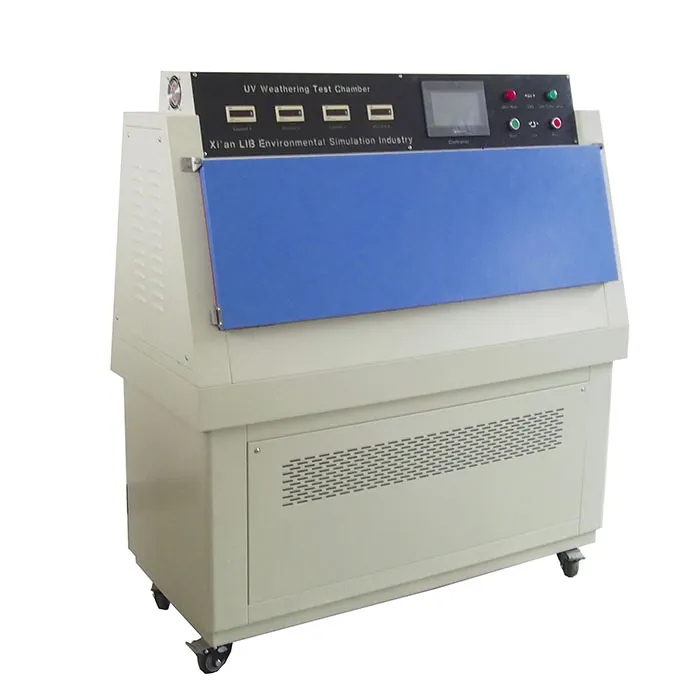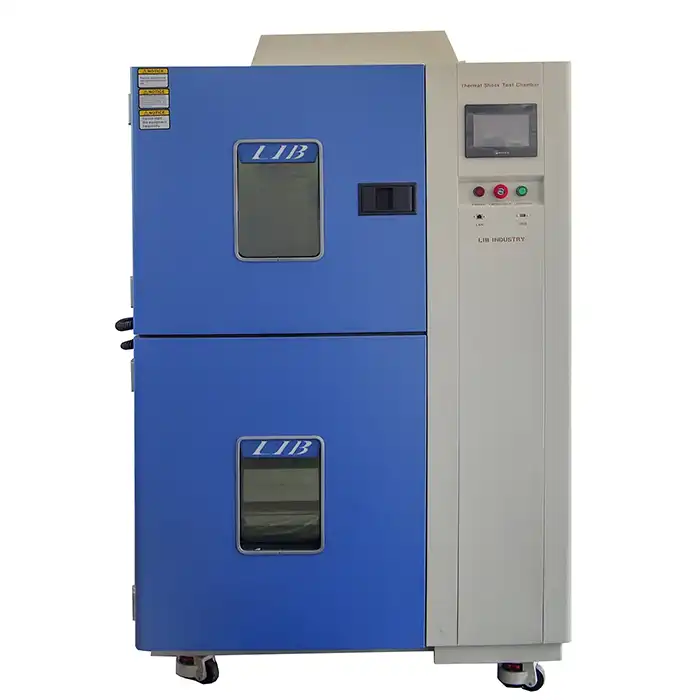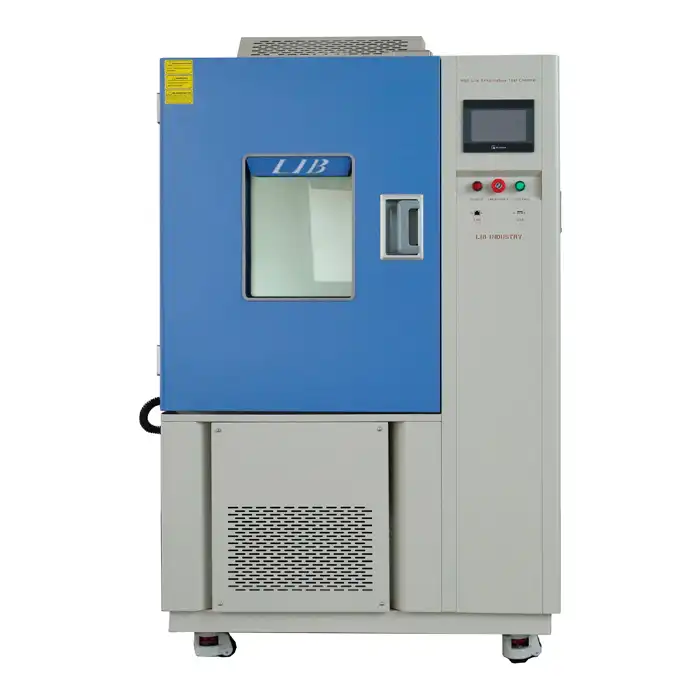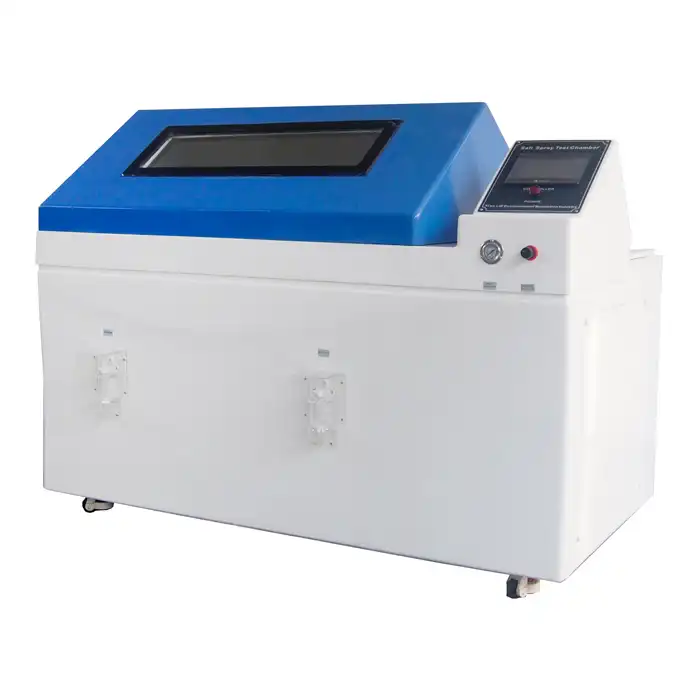Using Salt Test Chambers to Test the Corrosion Resistance of Aerospace Materials
Corrosion is a significant challenge in the aerospace industry, where materials must endure harsh environments while maintaining structural integrity. One essential tool for evaluating corrosion resistance is the salt test chamber, designed to simulate real-world conditions and ensure aerospace materials meet stringent performance standards.
Understanding the Effects of Salt Fog on Aerospace Materials
Salt fog is a corrosive force that can degrade aerospace materials over time. High concentrations of salt in the atmosphere, especially in coastal or marine environments, accelerate this process. When left unchecked, corrosion can compromise safety, performance, and longevity. Manufacturers turn to salt test chambers to replicate these conditions for accurate and controlled testing, ensuring materials can withstand such environments.

Why Salt Test Chambers Are Essential?
Corrosion in aerospace applications presents unique challenges. Materials used in aircraft, satellites, and spacecraft are exposed to extreme conditions, including salt spray, moisture, and fluctuating temperatures. This exposure can weaken structural components, leading to costly repairs or catastrophic failures.
Salt test chambers are essential because they allow manufacturers to evaluate materials under simulated corrosive environments. By exposing prototypes or material samples to controlled salt fog, engineers can predict performance, identify weaknesses, and develop corrosion-resistant solutions before final production. Without these chambers, testing would be inconsistent and less reliable, leaving room for error in safety-critical components.
Designing a Salt Test Chamber for Aerospace Materials Testing: Key Considerations
Creating a reliable salt test chamber for aerospace materials involves precise engineering. These chambers are designed to mimic real-world corrosive environments while maintaining strict control over variables like temperature, humidity, and salt concentration.
- Chamber Size and Configuration: Aerospace materials, such as aluminum panels or composite structures, often require large chambers for accurate testing. Ensuring the chamber can accommodate diverse geometries is crucial.
- Environmental Control Systems: Advanced salt test chambers are equipped with sensors to monitor and regulate conditions. For example, maintaining a consistent pH balance in the salt solution ensures reliable results.
- Durability and Materials: Chambers must withstand prolonged exposure to corrosive environments themselves. High-grade stainless steel and anti-corrosion coatings are commonly used to extend the life of the equipment.
- Compliance with Standards: Aerospace testing must adhere to international standards, such as ASTM B117, ensuring results are consistent and credible across the industry.
Using a Salt Test Chamber to Evaluate the Corrosion Resistance of Aluminum Alloys in Aerospace Applications
Aluminum alloys are widely used in aerospace for their lightweight and high-strength properties. However, they are particularly susceptible to corrosion in salt-rich environments. Salt test chambers play a critical role in assessing their durability.
For example, engineers might place aluminum alloy samples in a salt test chamber programmed to simulate weeks or months of exposure to salt fog in just a few days. This accelerated testing reveals how the material reacts to prolonged exposure, such as pitting or surface degradation. Data gathered from these tests allows manufacturers to refine alloy compositions or add protective coatings, ensuring the material meets aerospace standards.
In one case, a leading aerospace company utilized salt test chambers to compare different aluminum alloys for use in aircraft fuselages. The tests showed that alloys with higher magnesium content offered better corrosion resistance, leading to their selection for production. Such insights are invaluable in making informed material choices that prioritize safety and performance.
The Role of Salt Test Chambers in Qualifying Aerospace Materials for Corrosion Resistance
Before aerospace materials are approved for production, rigorous testing is required to qualify their performance. Salt test chambers are a cornerstone of this process. These chambers help manufacturers:
- Validate Material Performance: Ensuring materials meet the required resistance levels against long-term exposure to corrosive environments.
- Optimize Protective Coatings: Testing the effectiveness of anti-corrosion coatings or treatments applied to materials.
- Enhance Reliability: Identifying potential failure points early in the design process prevents costly revisions later.
For instance, composite materials used in satellite structures must endure the dual challenges of salt fog during transport and the vacuum of space. Salt test chambers simulate the corrosive phase, enabling manufacturers to confirm the material’s resilience before deployment. This qualification process ensures aerospace components perform flawlessly in the field, reducing risks and enhancing reliability.
At LIB Industry, we specialize in turnkey solutions for environmental testing, including the research, design, and production of high-quality salt test chambers. To learn more about how we can support your aerospace testing needs, contact us at ellen@lib-industry.com.
References
1. ASTM International. "Standard Practice for Operating Salt Spray (Fog) Apparatus - ASTM B117."
2. Aerospace Materials Research Council. "Corrosion Resistance in Aerospace Alloys: Challenges and Solutions."
3. National Association of Corrosion Engineers (NACE). "The Impact of Corrosion on Aerospace Materials."
4. Journal of Materials Science. "Advances in Aluminum Alloys for Aerospace Applications."





_1731062079549.webp)





